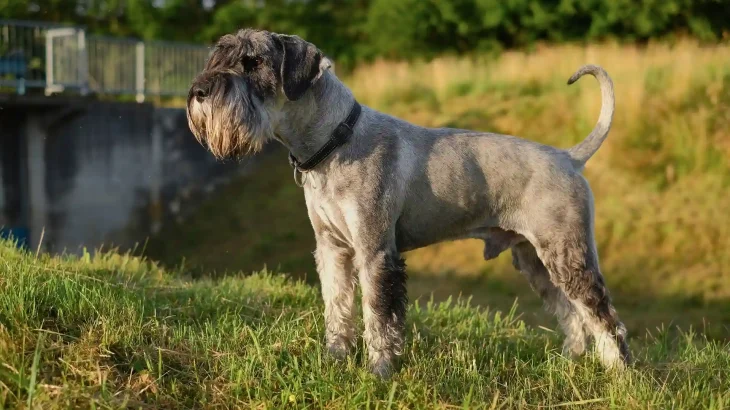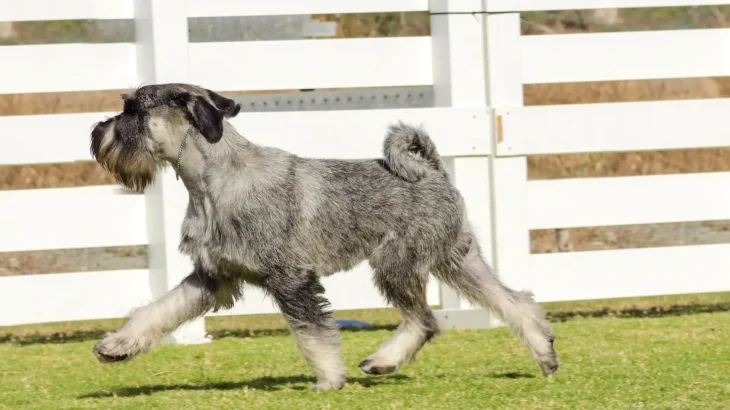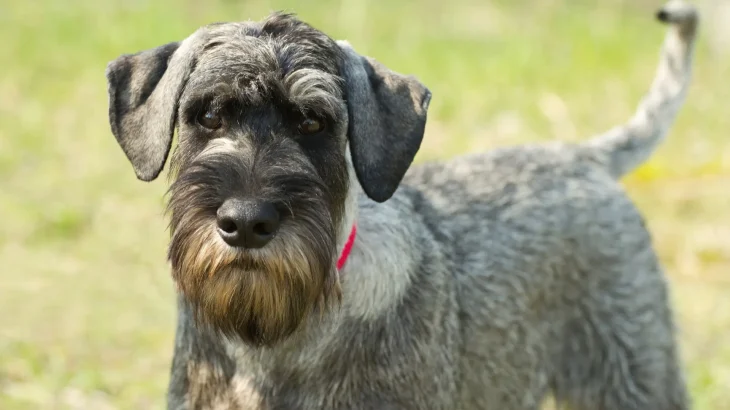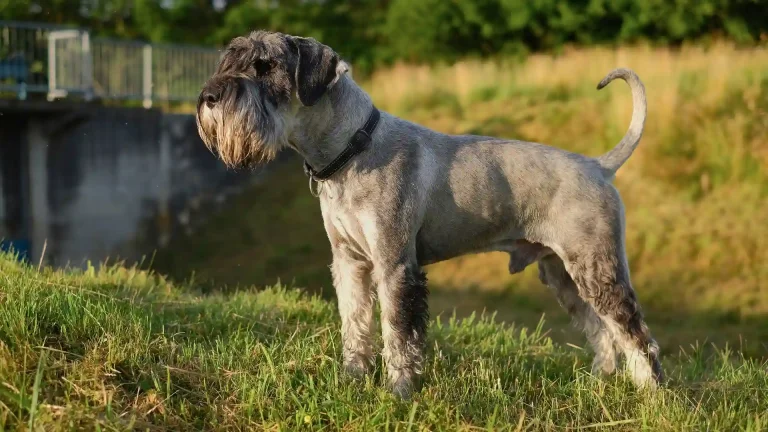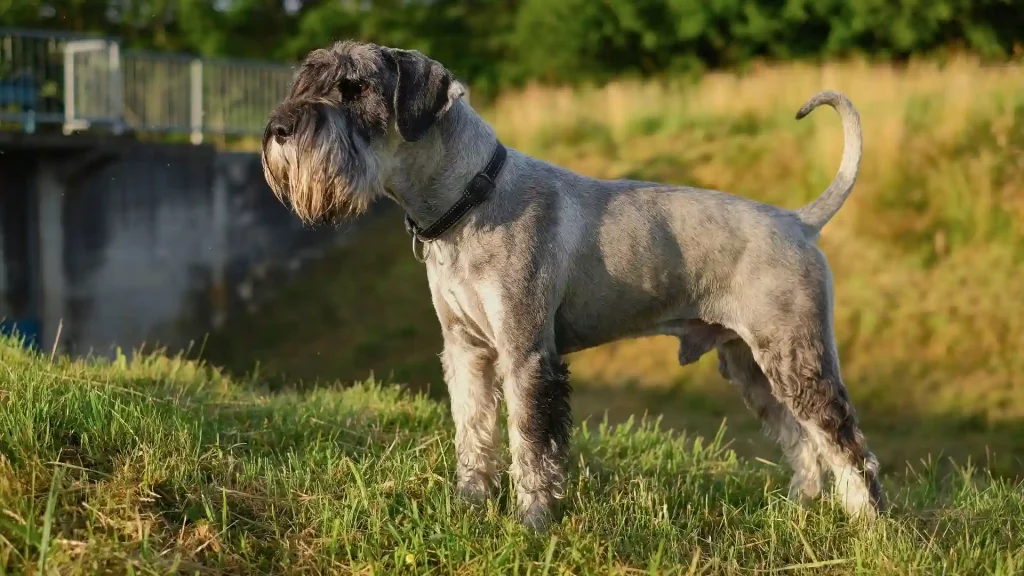When deciding whether to bring a Standard Schnauzer puppy into your life, you can either purchase from a reputable breeder or adopt from a rescue. Choosing between these options often hinges on factors like access to health history and breed purity, balanced with the rewarding experience of giving a home to a dog in need.
Adoption vs. Breeder: Pros & Cons
| Criteria | Buying from Breeder | Adopting from Shelter/Rescue |
|---|---|---|
| Cost | Typically higher, reflecting pedigree and breeder care. | More affordable, often with adoption fees that help care. |
| Health History | Comprehensive records and genetic screenings usually provided. | Health history may be limited; many rescues offer basic checks and vaccinations. |
| Age Availability | Primarily puppies, allowing for early bonding and training. | Wide age range, including adults who may be trained. |
| Temperament Insight | Breeders can share lineage traits and socialize puppies early. | Rescue staff provide behavior observations; full background may be unknown. |
| Ethical Considerations | Supports responsible breeding when from ethical breeders. | Reduces shelter populations and saves dogs needing homes. |
| Breed Purity & Pedigree | Guaranteed purebred with documented lineage. | May be purebred or mixed, with less certainty about lineage. |

